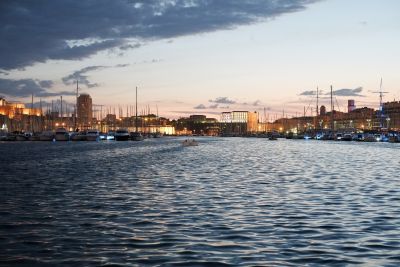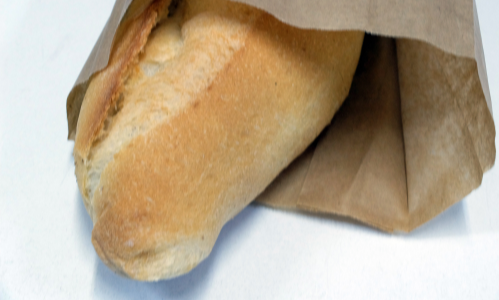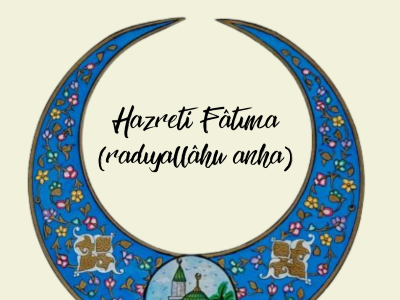The sun was right overhead, as if it had turned its rays into arrows, flinging them left and right. The Mediterranean, celebrated in songs, was vibrant and lively before me once again. It was as if you had cast a line from İskenderun and emerged from the water in Marseille. Who knows how many generations the Mediterranean has seen, how many eras it has opened up and how many ages it has leaped through. It was as if the map drawn by Piri Reis was guiding us. Ah, the Mediterranean! It has been a long time since my eyes saw your blueness, to the point where I could look nowhere else. The Mediterranean was spread out like a tablecloth, offering a feast for the eyes to both locals and foreigners. The fishing and pleasure boats that had penetrated deep into the city adorned it like a figurine.
Marseille is a warm city located in the southeast of France, with a coastline along the Mediterranean. Being the oldest city in the country, Marseille holds a significant position both in the commercial sphere and in the history of culture and art. When you enter the city center, you encounter the Old Port. As you walk down its cobblestoned street, suddenly the scents of soap and lavender start to accompany you. This city is famous for its soaps and lavenders. Apart from having a soap factory, the scents of colorful olive oil soaps on the stalls of shops and street vendors blend with the smell of the sea. These features, appealing to your different senses, lay the carpet of a fairy-tale world under your feet.
As you walk along the seafront, the imposing structures of Saint-Jean and Saint-Nicolas fortresses suddenly appear before you, guarding the city. The Saint-Jean Fortress, built in the 17th century by order of Louis XIV, has successfully fulfilled its duty of protecting the city and its people for centuries. Right next to it, the Museum of European and Mediterranean Civilisations was opened in 2003, the year Marseille was declared the European Capital of Culture. In the second part of the museum located in the fortress, there are dazzling gardens. You can spend time here and enjoy a panoramic view of the coastline from above, like a hawk.
These historical monuments have been companions to each other for centuries. Exiting the museum, we come across another monument: the Marseille Cathedral, which adds splendor to the coast between the old and new ports, was built between 1852 and 1893. This temple, constructed using white and green limestone, successfully blends Romanesque (Roman style) and Byzantine architectural styles. Moreover, with its length of 141 meters, it holds the title of the largest building constructed in the 19th century. Waving to the cathedral, the Notre-Dame de la Garde basilica adorns the highest peak of Marseille. This structure, built on the foundations of a 16th-century fortress between 1853 and 1864, carries influences of Byzantine architecture. Since its construction, it has continued to be an important place of pilgrimage for Catholics.
Contrary to Sunay Akın’s lines, “So that the Mediterranean can be seen at once, trees in the Taurus Mountains always remain young,” it’s as if Marseille has built buildings to hide this beauty. I had only seen the Mediterranean through the eyes of İskenderun. Now, to see it from the foothills of Marseille, I joined a two-hour tour and boarded a boat named “The Spirit of the Calanques.” “Calanque,” a special name for the coastal formations of the region, has transitioned from the Occitan language, an integral part of the local culture, to French, indicating the deep blue where the sea and land intertwine and the steep cliffs.
While experiencing different spectacles on land and at sea, suddenly the historic structure Château d’If, mentioned in Alexandre Dumas’s novel “The Count of Monte Cristo,” winks at me. This structure, built by King Francis I in the 16th century, was turned into a prison filled with many innocent prisoners. History is unfortunately full of repetitions…
In response to the poetic rhythm of French, the wind was increasing the sea’s waves. The Mediterranean too began to dance, flaring its skirts. Now, from whichever window I looked, the Mediterranean, with the same enchantment, was once again captivating me. The wild voice inside me, unheard by anyone, was sending greetings from the Mediterranean of Marseille to the Mediterranean of İskenderun, along with the wind and the waves, as loudly as it could.




